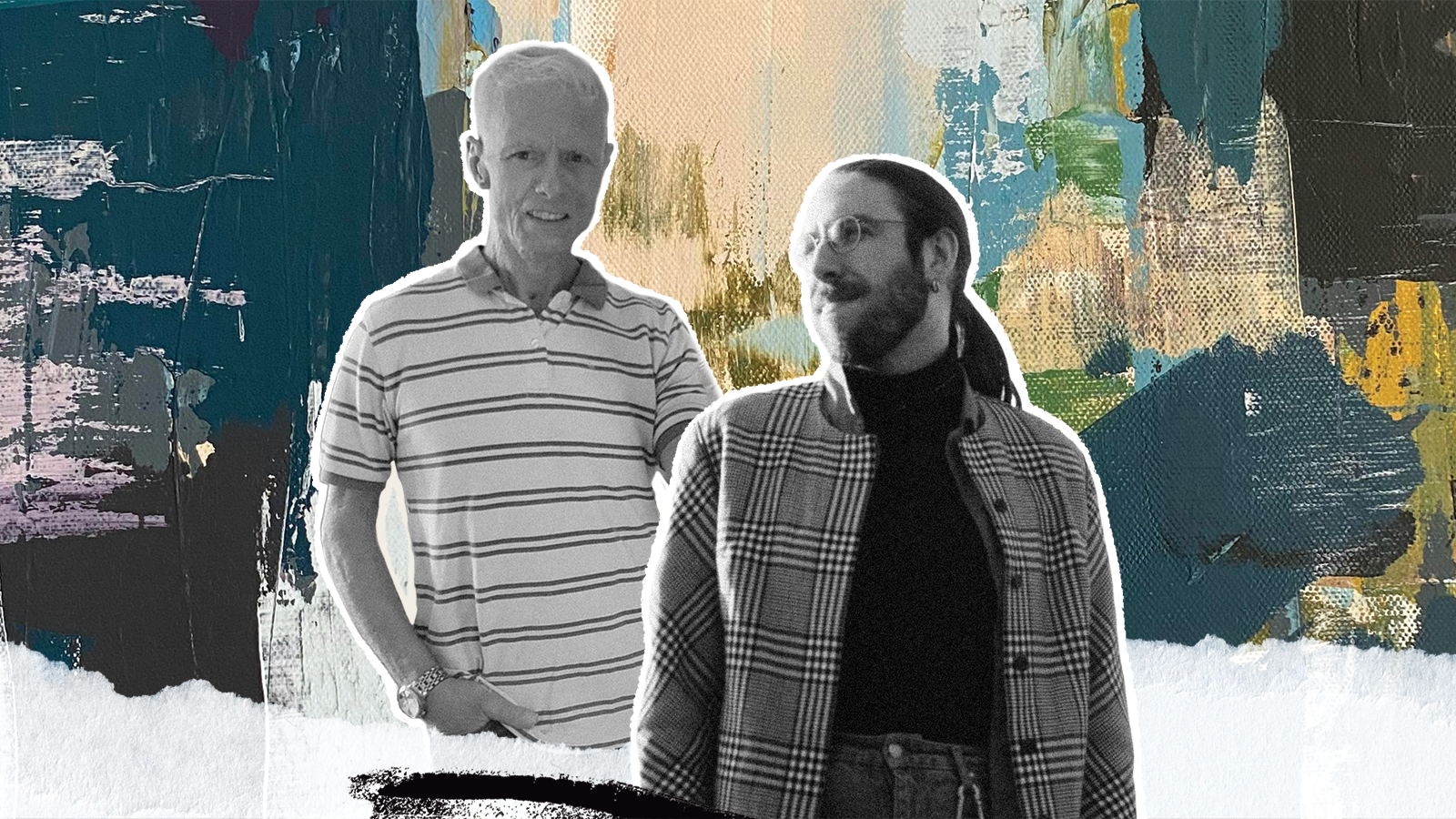In a dialogue across generations and geographies, Dakota and Hugues reflect on how HIV leadership has evolved over the decades. Dakota is a seasoned 66-year-old HIV long-term survivor from British Columbia. Hugues is a 31-year-old queer man diagnosed with HIV nine years ago from Quebec. Both are alumni of the Positive Leadership Development Institute (PLDI) and actively run leadership training. Their exchange explores how we define leadership and historical milestones. It also covers changes in activism and stigma and inspiring contemporary initiatives.
What is PLDI?
The Positive Leadership Development Institute is a peer-led leadership program that aims to create a network of informed and empowered people living with HIV. The Institute was created over 15 years ago and has more than 1000 graduates. It offers in-person training in the three most populous provinces of the country, as well as dynamic online training in English and French throughout the country.
What is leadership?
Hugues starts by saying that for him, leadership is using your voice and experience to empower others and fight inequities. His journey began with seeking support after his diagnosis. Through this, he found the power of community solidarity. “Joining peer-to-peer support groups, not only gave me the assistance I needed,” he says, “but it also taught me that by helping others, I was helping myself.”
Dakota shares that, in his view, leadership is inspiring others into action to make change. It is also passing on skills, building development and confidence in people, and promoting collaboration. Finally, it is advocating for inclusivity and diversity to represent all communities affected by HIV.
Early inspiring examples
“In the past, government bodies, community organizations, and medical establishments in B.C. were crucial for supporting people living with HIV and AIDS,” Dakota says. “These included B.C. Persons with AIDS Society, AIDS Vancouver and St. Paul’s Hospital in Vancouver. The hospital has given unbiased care to people with AIDS and HIV since the 1980s.”
“In these early days,” Dakota explains, “there were annual AIDS conferences taking place. There was a memorable and important one in Vancouver in July 1996. This is now known as the event that introduced highly active antiretroviral therapy (HAART). HAART was the first effective and lasting treatment to start saving lives and reverse the course of HIV to AIDS.”
Hugues replies, “When I started to educate myself about HIV and AIDS, I was pleased to see that Montreal had always been a centre of resistance and leadership. I learned about ACT UP Montreal and the infamous Montreal Manifesto. I then saw multiple community organizations were building on this heritage. They were offering support where people living with HIV worked to empower each other. It is in this context that I heard about PLDI. I then decided to join this movement.”
Changes in HIV and gay leadership, activism and stigma
Both Hugues and Dakota note that the HIV movement has shifted from activism to advocacy through time. Today’s advocacy involves support and resilience-building initiatives for people living with HIV. Dakota explains that tools like PrEP (pre-exposure prophylaxis) to prevent HIV have had a positive impact in the gay community. “It has helped to eliminate much of the stigmatizing language in online dating sites,” he says. “There’s now a more accepting and inclusive approach.”
“I feel like a lot of gay men, HIV-positive and HIV-negative, are well informed today. This is thanks to years of education,” says Hugues. “Most of our lives are unaffected by HIV because we have access to effective treatments. Medical progress has allowed us to move past living in fear. However, not all communities have been cared for like the gay community. More work needs to be done for greater access to treatment. We also need to address the stigma that remains. That’s why we need to make sure people from every community develop their leadership skills. This is how their distinct and unique challenges can be heard and addressed.”
Inspiring examples and shared visions today
Today there are many inspiring examples of community advocacy in B.C., Dakota explains. These include the Harvest Organic Food Co-op, the Afro-Canadian Positive Network of BC, and VANDU. They also include peer-led support groups and needle exchange programs. Many new support organizations have sprung up over the years, he says. These serve marginalized populations, immigrants, Indigenous people and those living in remote communities. Most of these organizations are under the umbrella of PAN (formerly known as Pacific AIDS Network). Participants of PLDI have come from many of these organizations. After training at PLDI, they return to their communities as emerging leaders.
“I’m saddened by the number of new HIV diagnoses among young people,” says Hugues, “especially since we have so many effective tools to prevent its transmission. However, I am inspired by how this generation is reacting to the HIV pandemic. Newly diagnosed people are using their phones to document their lives openly on social media. One example is Zach Willmore, who started documenting his life after diagnosis on TikTok in 2023. They’re educating their peers and are advocating for better services and better sex education. They are not afraid to be out about their status, and they are showing true leadership. It just shows how much progress we’ve made and how stigma has reduced. It gives me faith that we see this new generation reshape activism, advocacy and leadership to be tailored to their realities.”
To learn more about PLDI, visit pldi.ca.
To learn more about the Pacific AIDS Network, visit paninbc.ca.

